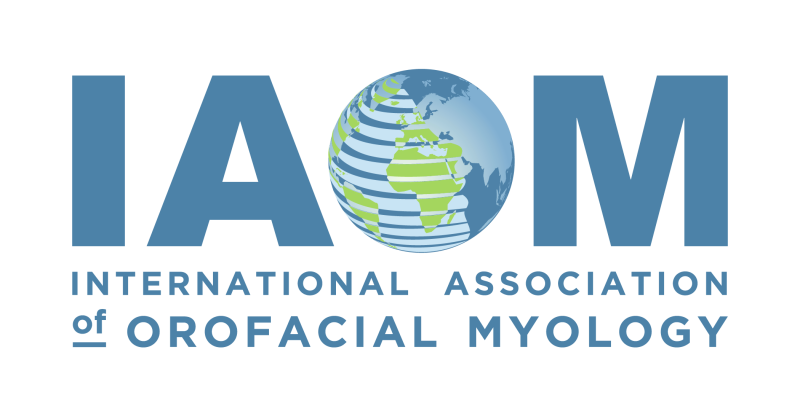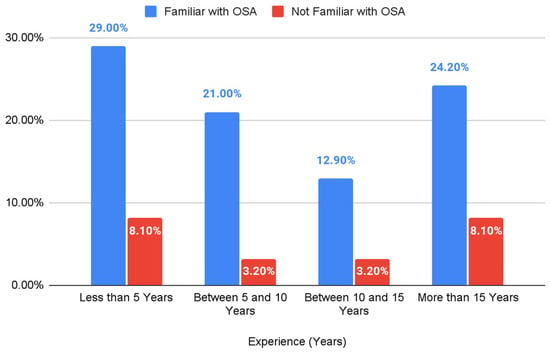- Article
Knowledge, Attitudes, and Practices Among Lebanese Pediatric Dentists Regarding Obstructive Sleep Apnea and Myofunctional Therapy in Children
- Elias Ghosein,
- Marilyne El Khoury and
- Georgio El Chamy
- + 1 author
(1) Background/Objectives: Obstructive Sleep Apnea (OSA) in childhood is a significant health concern with potential adverse effects on daytime function, behavior, education, and overall development. Early intervention is crucial to ease these consequences. Myofunctional therapy (MT) has emerged as a treatment modality, particularly in young children, to address OSA. This highlights the importance of early detection and intervention by pediatric dentists and other healthcare providers who frequently interact with the pediatric oral and facial structures. This study aimed to investigate the knowledge, attitudes, and practices of Lebanese pediatric dentists regarding pediatric OSA and MT. (2) Methods: A cross-sectional survey was distributed to 103 Lebanese Pediatric dentists registered with the Lebanese Society of Pediatric Dentistry (LSPD). The survey assessed familiarity with OSA, diagnostic practices, treatment approaches, and utilization of MT. (3) Results: Out of 103 pediatric dentists, 62 responded (60.2%). Most respondents were familiar with OSA (86.8%). However, the number of diagnostic symptoms used varied. MT was not pediatric dentists’ primary choice in treating OSA. (4) Conclusions: Lebanese pediatric dentists demonstrate a good understanding of OSA, but there is potential for improvement in diagnostic comprehensiveness and exploration of MT as a treatment option.
11 November 2025



